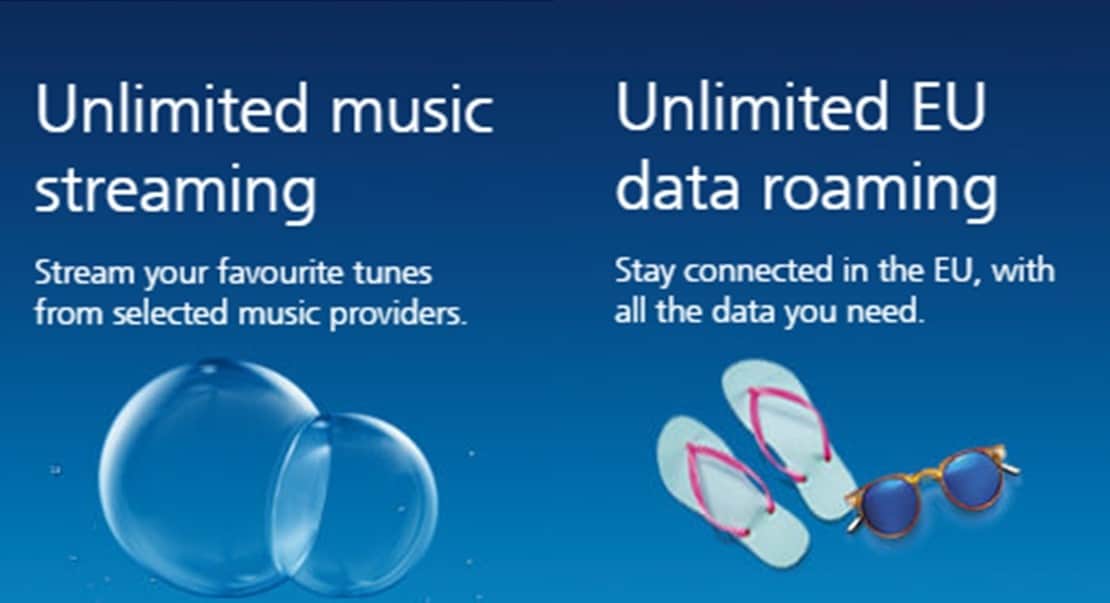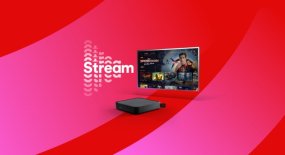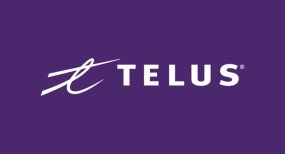While penetration of Internet access is extremely high in developed countries and is increasing in emerging markets, average revenue per user (ARPU) is flat or declining globally. According to Ovum’s Telecoms, Media & Entertainment Outlook 2015, due to the increased competition among communications service providers (CSPs), nearly all markets will experience an ARPU decline by 2019. With this fiercely competitive environment, it’s imperative for CSPs to launch new and differentiated Internet services that both build loyalty with existing customers and entice potential subscribers to switch providers. The notions of rapid and extensive service differentiation are relatively new, but the tools now exist to quickly introduce a wide variety of services that vary based on application, device, time-of-day, and a myriad of other factors—either considered alone or in combination. One of the major ways that CSPs will differentiate their services and stand out from the competition in 2017 is by zero-rating applications. By zero-rating data, it enables unlimited usage of an application (or many applications) for a fixed price which can be included in a service plan or offered as a bolt-on. From the subscriber’s perspective, when unlimited usage of an application or class of applications is bundled into a fixed price offering, without the risk of additional charges related to usage of the application or application class. As a result, users get price certainty—a powerful psychological feeling—around usage of their favorite applications. In 2017, the three types of zero-rating that Sandvine expects could see adoption in developed makes are:
#1: STREAMING MUSIC APPLICATIONS
In June 2014 in the U.S., T-Mobile was the first major operator to zero-rate popular music services with their Music Freedom plans, and. The Music Freedom plan now includes over 30 services including Pandora, Apple Music, Google Music, and Spotify, and the offering has played a key factor in helping T-Mobile increase their number of subscribers by over 30% (52.9 million to 69.4 million) in just two years.
After recognizing the success of the T-Mobile plan, zero-rated music plans have sprung up in Canada (offered by Videotron) as well as in the United Kingdom (offered by O2), and we would expect this momentum to carry to other markets in Europe throughout 2017.
The reason why music is such an easy choice to zero-rate is that while the perception may be that music services use a lot of data, they typically only use approximately 50MB of data each hour. This minimal usage can also be paired with the fact that music services typically see higher usage during the day and y outside of peak network utilization, resulting in the additional data usage having little or no impact on network quality.
#2: TIME OF DAY USAGE

Dan Deeth,
Media and Industry Relations Manager,
Sandvine
While many operators are resistant about offering mobile plans that offer completely unlimited data usage due to the cost uncertainty it provides, some operators will move towards providing their subscribers with unlimited usages during certain times of the day.
For some operators, this may come in the form of providing unlimited usage in the overnight hours when the network is utilized the least. This underutilization allow subscribers to use bandwidth intensive applications such as backup services or Filesharing applications which can be scheduled without limitation.
Another potential use case could in the form of an operator offering a “happy hour” like offering where subscribers can select one hour each day where their usage would be zero-rated. By providing subscribers the choice, it would ensure the network isn’t overwhelmed with usage during one single point in the day while giving subscribers the ability to choose when the zero-rating suits them best.
#3: CHOOSE YOUR OWN APPVENTURE
Before the days of data, one popular way to provided differentiated mobile voice services was for operators to offers subscribers to choose a “Fav Five” or “Top Ten” list of phone numbers that would allow them to send and receive an unlimited number of calls and text messages to.
While voice minutes and SMS message usage has declined in recent years, the choose your “favorite” model is now ripe to be extended to data services.
Using this model operators could provide the subscribers the ability to choose one, three, five, or even more apps that would be zero-rated on their plans. In a model like this, a subscriber would have tremendous flexibility to tailor their own plan, allowing them to alter they zero rate as their behaviors change over time.
About The Author:
Dan is Sandvine’s Internet Trends Manager, gadget junkie and a author of Sandvine’s Global Internet Phenomena Report. His research is responsible for revealing the facts, fads and future trends about the Internet that are regularly cited by both media and Communications Service Providers across the globe.




















